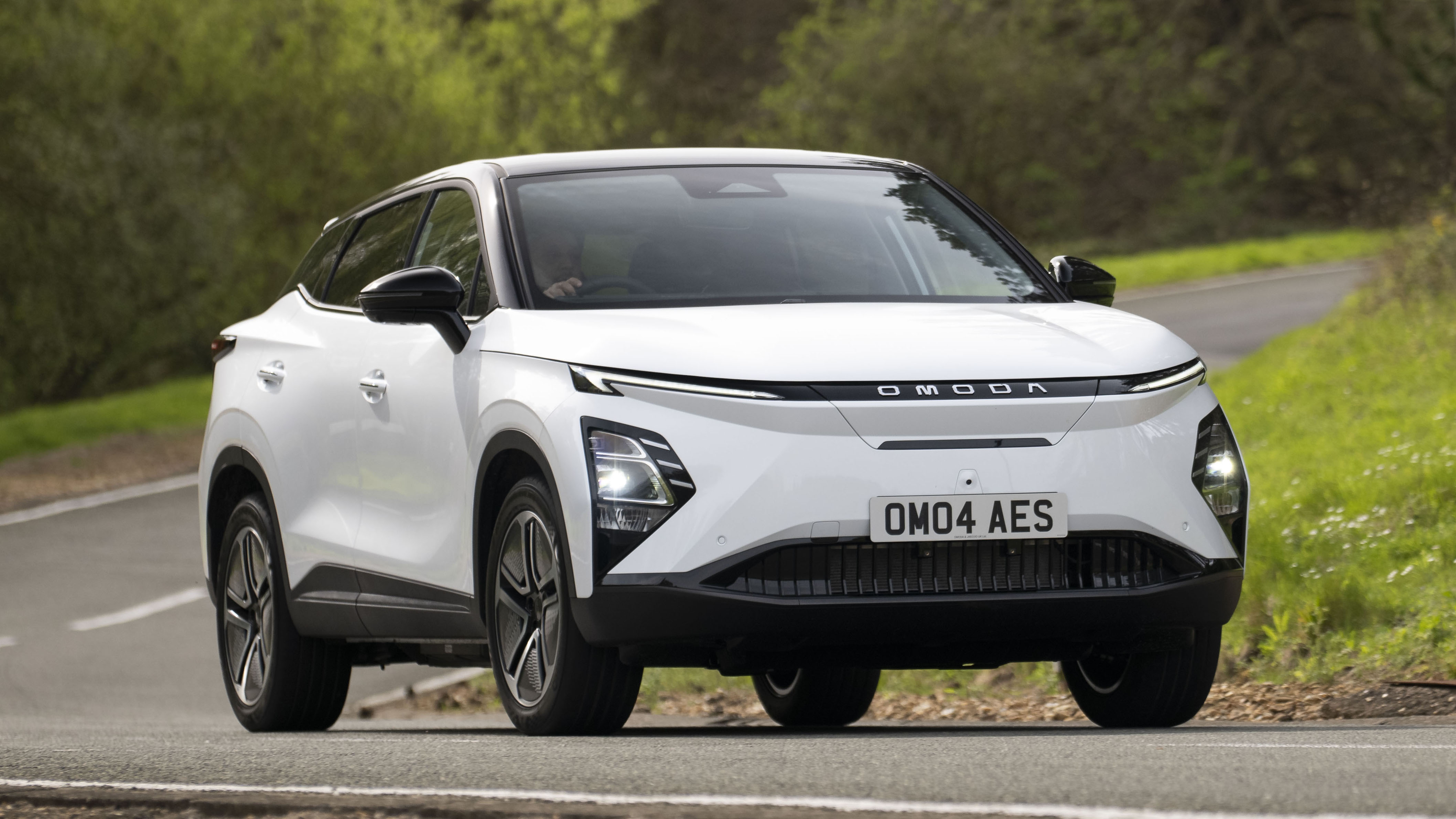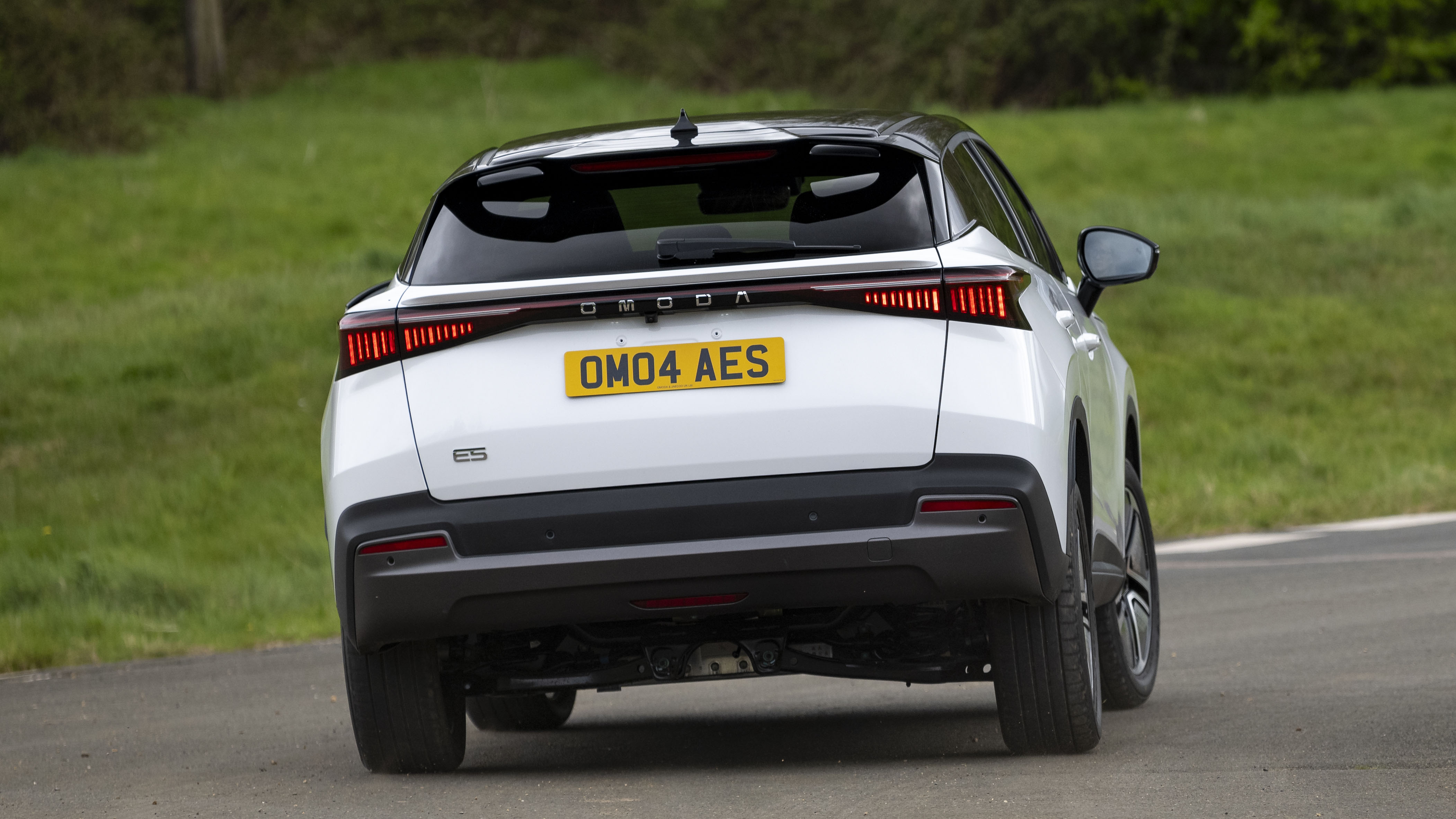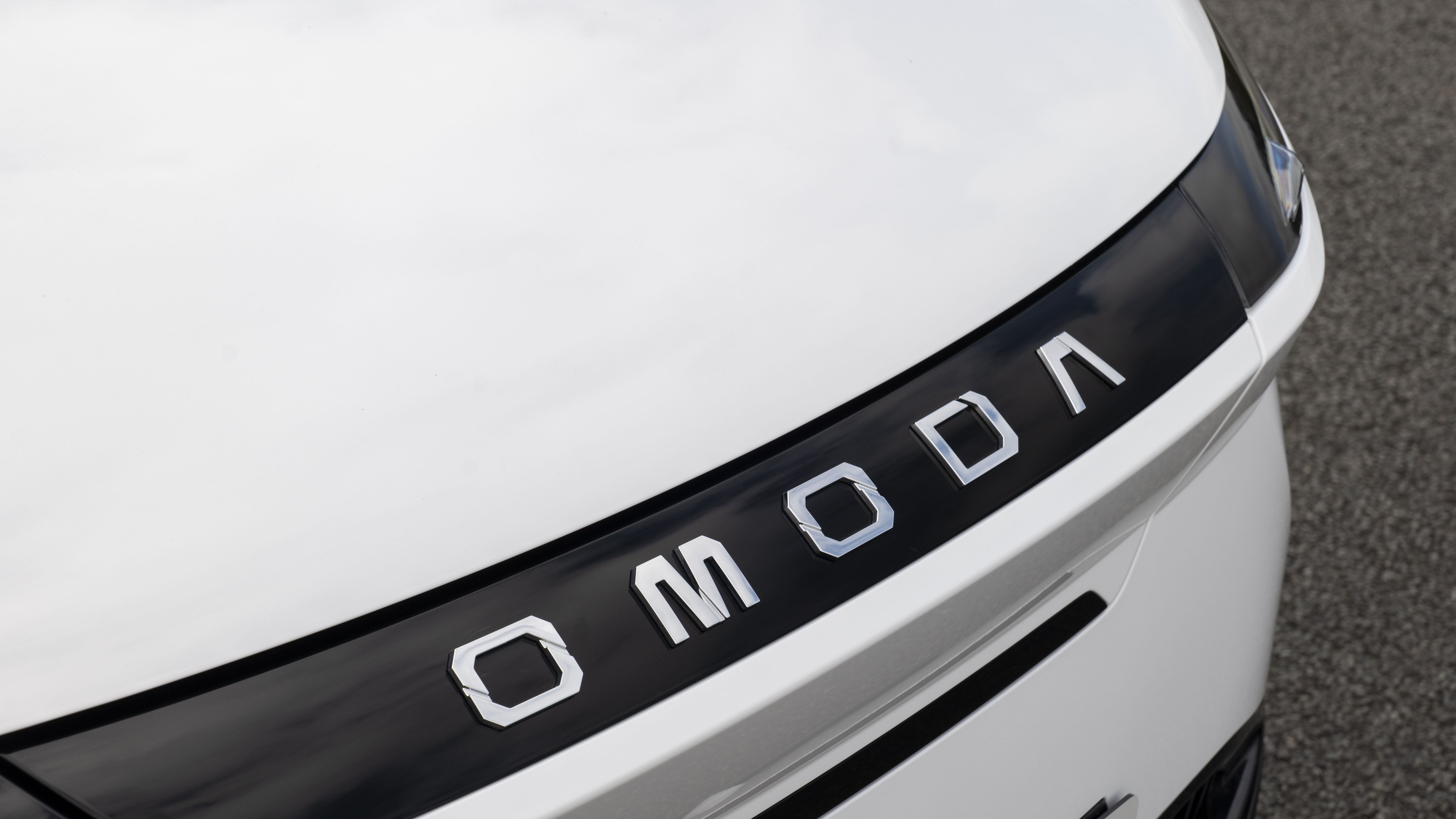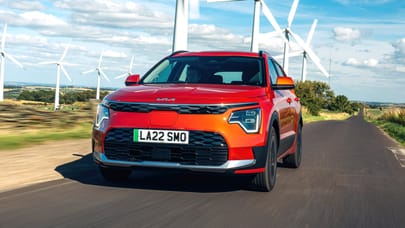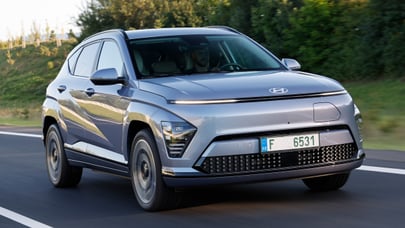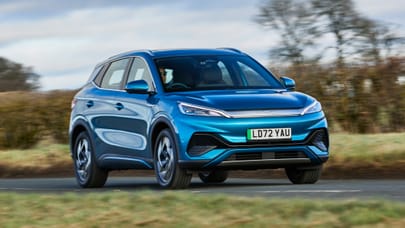
Good stuff
Powertrain is OK. So’s the styling
Bad stuff
You can do better than OK. Chassis not very OK anyway
Overview
What is it?
The Omoda E5. At which point it would be easy to take cheap shots at a name that's too easily confused with an online travel agency or middle-class supermarket delivery service. But let's take a more expensive shot instead, and note admiringly how hard it must be to find a word that's just as made up as opodo and ocado but hasn't already been taken. And is pronounceable to speakers of all global languages.
Probably that's a task more creative than actually making this new car. Because frankly there's not a lot that's fresh in the Omoda E5. It's a small-to-mid-size electric crossover and it doesn't try especially hard to be any different from all the rest.
'The rest' being compatriots the MG ZS EV and BYD Atto3, plus the Kia Niro, Hyundai Kona, Honda e:Ny1, Peugeot E-2008, and the new electric Vauxhall Frontera.
Omoda claims to give you loads of equipment for moderate – not especially cheap – prices. As usual when that's the claim, this is a Chinese brand, part of the giant and well-established Chery group.
Chery, who dat?
Like MG, Chery is state-owned, in this case by the governors of Wuhu. It has a JV with JLR to build Land Rovers in China.
As is typical for the Chinese, there's no lack of ambition here. Omoda is already selling two cars here in the UK, the petrol 5 and electric E5, with more soon. At the same time fellow Chery brand JAECOO is here with a more off-road oriented offering.
Chery's Europe-based executives have said building a factory in the UK is a possibility.
The E5 looks... OK?
It's hard to look distinctive among crossovers, and its creators doubtless didn't want it to stick out and frighten people. They probably wouldn't be too upset if you took it for a Lexus or Qashqai – the sharp edges certainly look more Asian than European. It's lifted by intricate detail in the lights, especially the rears, and wheels, albeit those wheels look a little small.
The electric E5 by the way has a smooth nose while the petrol 5 has a cross-hatched grille, and, duh, tailpipes.
Inside, the photos show a carefully chosen and modish range of textures and materials, including grey wood and aluminium, backlit nicely. Get up close and personal, and you realise it's all unconvincing plastic. It undermines your relationship with the manufacturer when you realise they think you can be so lightly deceived.
Right. What are the E5's spex?
The tech is up to date. A permanent-magnet motor is front mounted, good for 204bhp. It's fed by a battery of 61kWh. That gives 257 miles in the WLTP range test, which implies pretty decent efficiency. Claimed 0-62 acceleration is 7.2 seconds, which is more than lively enough for a car with this job.
The lithium ion battery's electrodes are LFP (lithium iron phosphate), which is the type that uses no cobalt, is resistant to deep discharging, and costs less but holds less energy per unit volume than the more common NMC (nickel manganese cobalt). That volumetric disadvantage is offset by cell-to-pack construction, AKA 'blade battery'.
But the rapid charging time isn't great. It accepts a maximum of just 80kW, so the 28 minute rapid-charge time quoted in the spec isn't for 10-80 percent but 30-80, or a mere half the total capacity.
But that's OK for a family car, isn't it?
Yeah, apart from the slowish peak charging, which might be a bother if you're hanging around a motorway service area with impatient kids. But there are lots of toys and screens in the cabin, and decent room. The boot's not very big but there is a frunk. More details in the interior section of this review.
How does it drive?
The question should finish with "… as if that mattered". Because it doesn't feel like Omoda thinks it does matter much. Sure the power delivery is smooth and measured, and at gentle speeds the ride and cornering are OK. But start to scrape the surface and it all goes wobbly – the damping deteriorates, the suspension refinement shows cracks and the steering's a damp squib.
What's the verdict?
On the face of it, buying one of these isn't an overt act of self-harm. It's not rubbish. For the money it's decently equipped and spacious and looks OK. It also has a long guarantee. The average buyer might think: why not?
Let's invert the question. Why? There are just so many better choices. The Stellantis crossovers – Peugeot, Vauxhall, Jeep – have smaller batteries but actually similar range. The Koreans give you a choice of battery. You could even look at hatches not crossovers, like a lightly-used VW ID.3 or Renault Mégane. You've heard of those brands and can rely on bigger dealer nets. They won't get bogged down in any future trade war. All are better to drive anyway.
The Rivals
Trending this week
- Car Review
BMW 1 Series
- Top Gear's Top 9
Nine dreadful bits of 'homeware' made by carmakers




